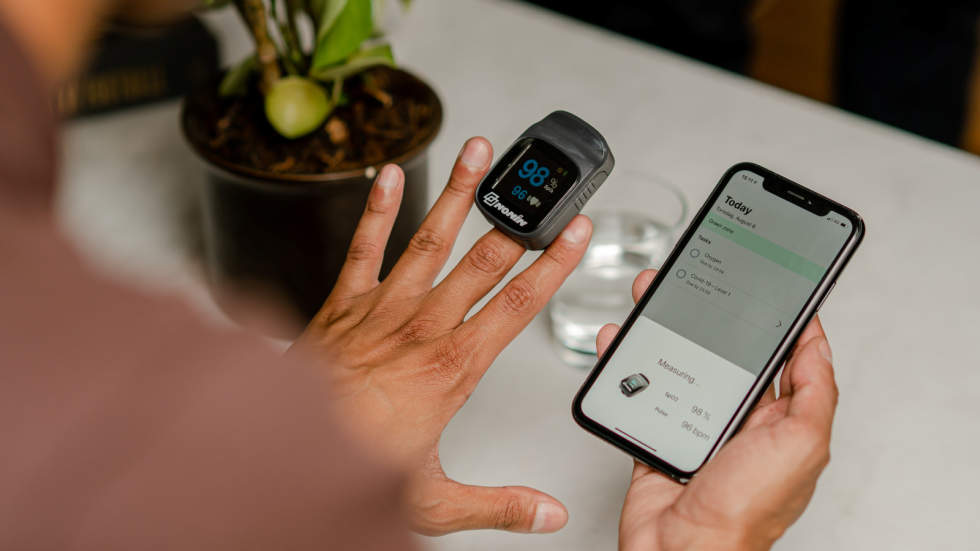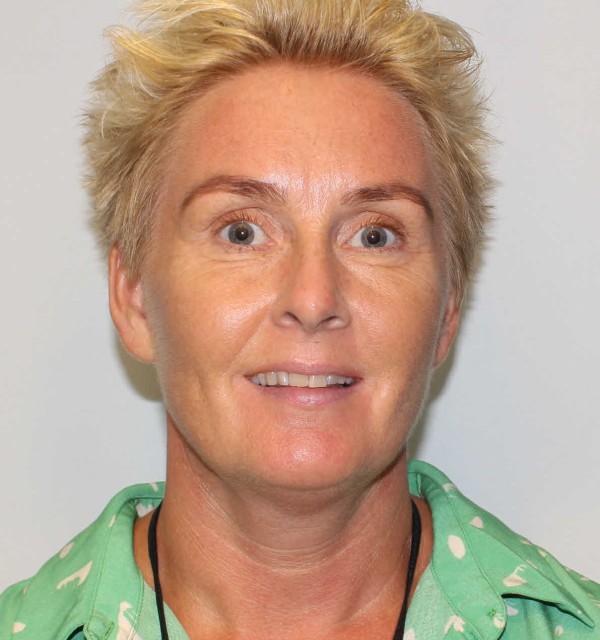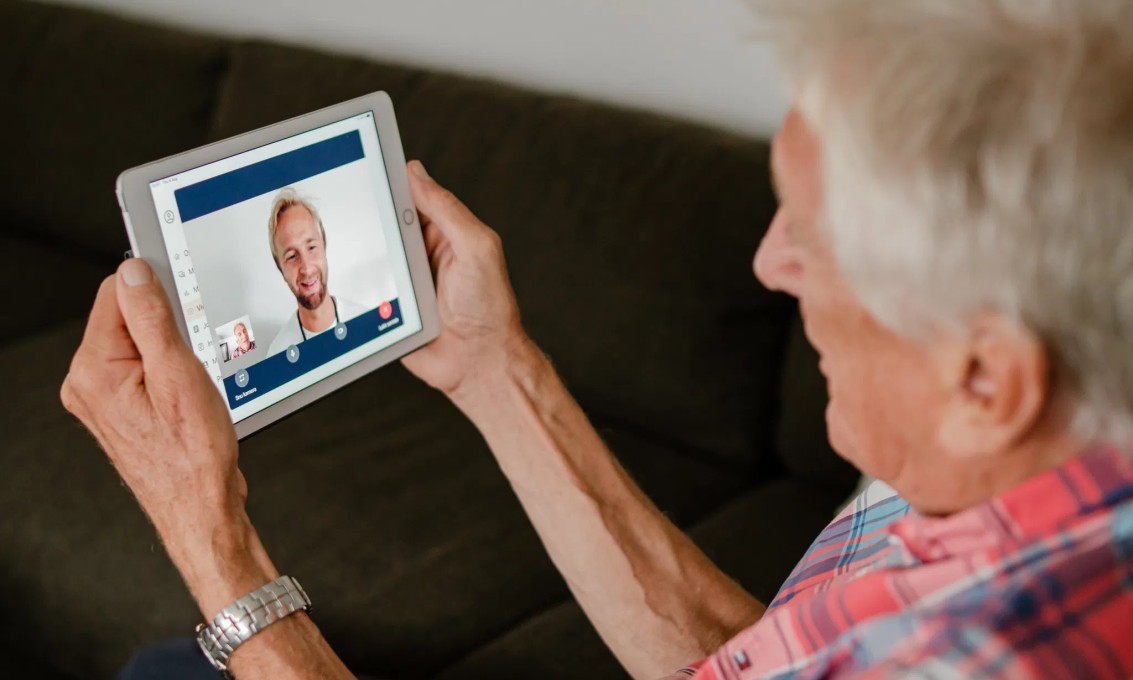A new study describes important aspects in the development of a digital follow-up service for patients in need of long-term follow-up in the specialist healthcare service.

For patients with non-communicable diseases, such as heart failure (HF) and colorectal cancer (CRC), eHealth interventions have the potential to meet the patient's needs after hospitalization and strengthen their ability for self-management. However, inconclusive evidence exists how to design e-health services to meet the complex needs of patients.
To foster patient acceptance and ensure a more successful development and implementation of eHealth solutions, it is beneficial to include both patients and healthcare professionals (HCP) in the design and development phase of such services. The involvement of different stakeholders could contribute to ensure that the solutions are developed in line with the end-users' needs during the transition from hospital to home.
A new study from the project eHealth @ Hospital-2-Home is the first step in a larger complex intervention study aiming to meet post-discharge needs of these two prominent patient populations.
Objective:
The objective of the study was to explore the perspectives of patients with HF, patients with CRC, and HCPs on patient self-management needs following hospital discharge and investigate how a future nurse-assisted eHealth service could best be designed to foster patient acceptability, support self-management, and smooth the transition from hospital to home.
Methods:
A qualitative, explorative, and descriptive approach was used. 38 semi-structured interviews were conducted with 10 patients with HF, 9 patients surgically treated for bowel cancer with curative intent, 6 registered nurses recruited as nurse navigators (NN) of a planned eHealth service and 13 general practitioners (GPs) experienced in with HF and CRC treatment and follow-up care. Patients were recruited from HF and CRC out-patient clinics and the nurses were recruited from the cardiology department and gastro-surgical department at a University hospital in the southwestern part in Norway. The GPs were recruited from the primary health care service in surrounding municipalities. Semi-structured interview guides were used for data collection, and the data were analyzed using thematic analysis.
Results:
Three main themes derived from the data analysis:
- expecting information, security and guidance when using eHealth for HF and CRC self-management
- expecting eHealth to be comprehensible, supportive and knowledge-promoting
- recognizing both advantages and disadvantages of eHealth for HF and CRC self-management.
The findings from the interview study depicted the different needs for self-management support of patients with HF and patients with CRC after hospital discharge, such as unmet information and psychosocial needs. In addition, valuable suggestions were identified regarding the design and content of a future eHealth service. However, the participants described both possible advantages and disadvantages of a remote eHealth service.
Conclusions:
This study is the first step in the development of an eHealth service for post-hospitalization self-management support in long-term illness. The findings from this study may add value to the planning and development of eHealth interventions for patients with NCDs.
First author:
Department of Caring and Ethics

